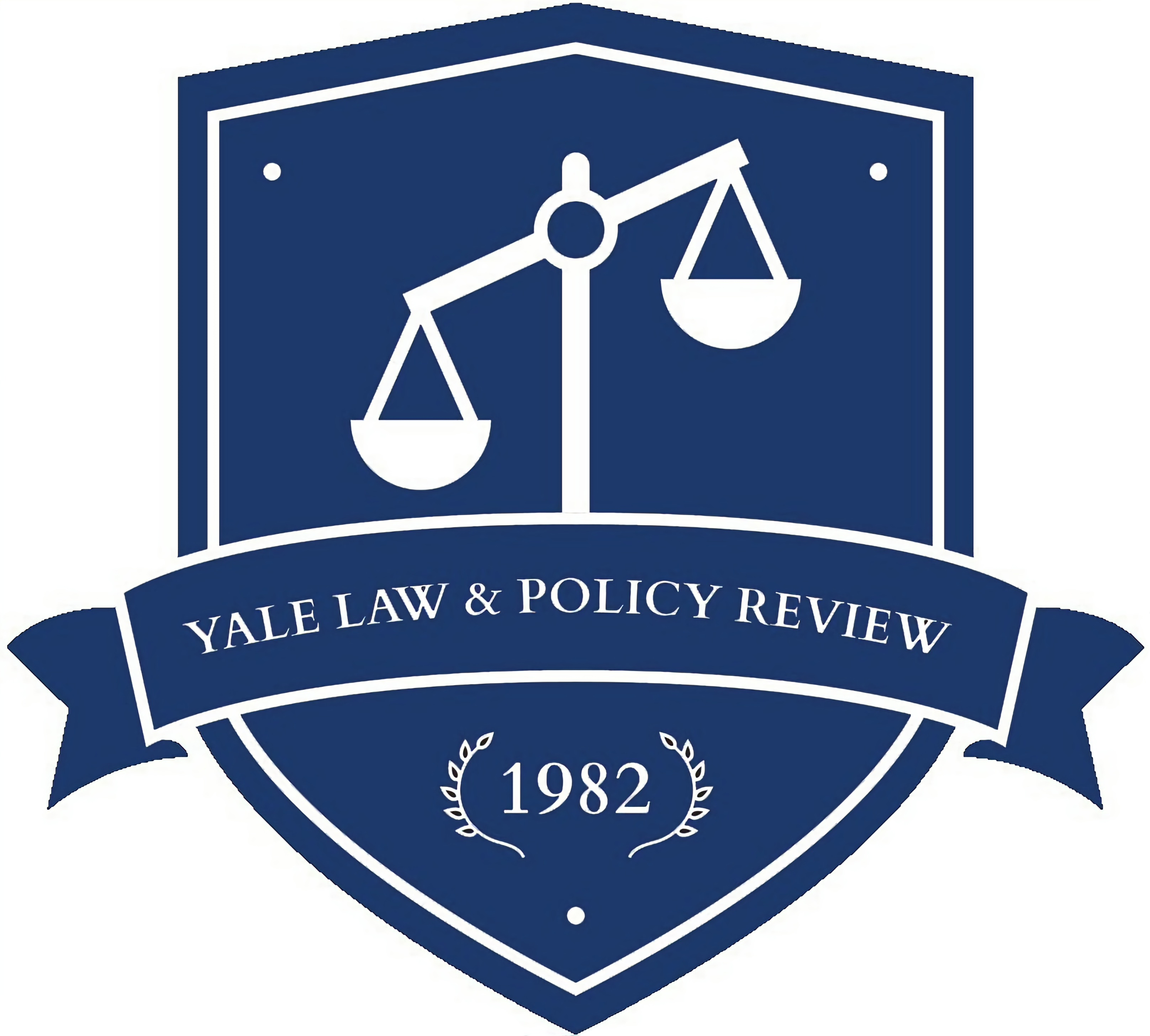The Executive Office for Immigration Review (EOIR) is an agency in need of structural intervention. Its failure to ensure due process for noncitizens in removal proceedings has grave consequences for those individuals, their families, and their communities. Despite the high human stakes of its decisions, EOIR’s adjudications are plagued by a lack of access to meaningful participation, extreme backlog, and inconsistent application of the law. Ensuring respondents’ ability to participate in their defense is especially fraught: a lack of guaranteed legal representation, scarce pro bono resources, language barriers, unfamiliarity with the U.S. legal system, detention, and untreated trauma are among the myriad factors that impede legal access.
For agencies like EOIR that are tasked with determining individuals’ rights through high-volume adjudications, aggregating similar procedural parts of claims across many cases is one way to make adjudication both faster and fairer. I argue that partial, representative aggregation in the form of respondent-initiated class motions could help make EOIR adjudications accessible, efficient, and consistent. Due-process concerns would arise, however, from giving one individual’s eligibility for immigration relief preclusive effect in another’s proceedings. This problem counsels tailoring EOIR’s aggregation mechanism to serve a narrower function than the resolution of whole cases. Smaller issues—especially procedural ones—frequently recur across cases. This commonality is particularly likely in the wake of law or policy changes that affect many cases in the same way. Limiting aggregation to procedural motions could mitigate the risk of overemphasizing efficiency at the expense of procedural protections while still bringing significant benefits. Aggregate motions to reopen or reconsider, for example, could allow similarly situated noncitizens to benefit from a change without litigating redundant individual motions. And if the agency were to lay the requisite groundwork in its regulations, motions for administrative closure corresponding to announced enforcement priorities could also potentially be adjudicated on a class-wide basis.
Several factors present barriers to EOIR’s use of aggregation mechanisms that group entire claims, such as class actions. In particular, the individualized eligibility criteria for immigration relief limit aggregation’s potential role in removal cases, as does the centrality of adjudicators’ discretion to grant or deny relief. The fact that noncitizens in removal proceedings are respondents, rather than petitioners seeking an affirmative benefit, is a further complication. The class-motion approach would accommodate these realities while reducing the procedural and practical barriers facing respondents, who might otherwise be unable to meaningfully pursue relief. In addition, it would relieve the agency of the need to adjudicate thousands of equivalent motions across similar cases.
Law Clerk, U.S. Court of Appeals for the Ninth Circuit; J.D. Yale Law School, 2022. My deepest thanks to Cristina Rodríguez for supervising a draft of this paper and to Ben King for his constant support. I am also grateful to Emma Findlen LeBlanc, Philine Qian, and the editors of the Yale Law & Policy Review for their helpful insights and suggestions. This Note reflects only my personal views and not the views of the U.S. Court of Appeals for the Ninth Circuit or any member thereof.
